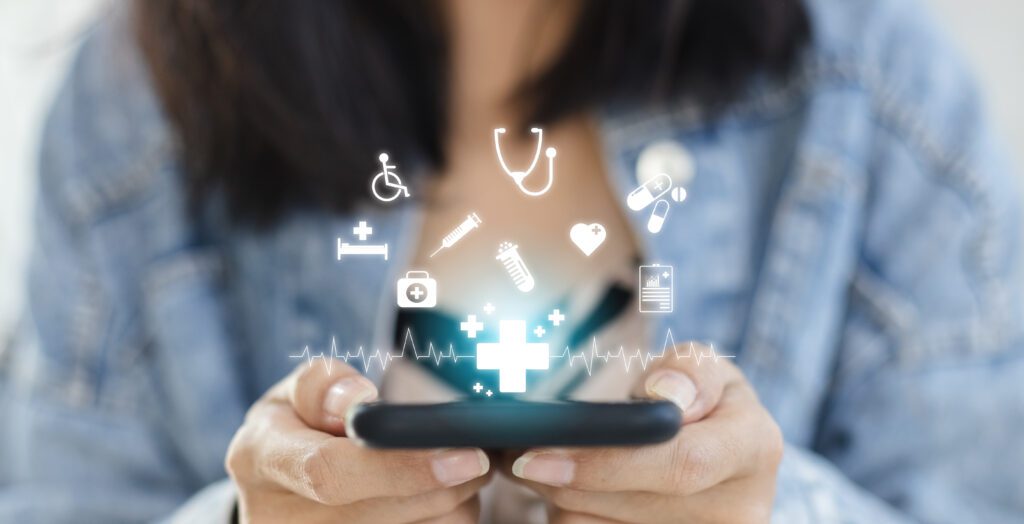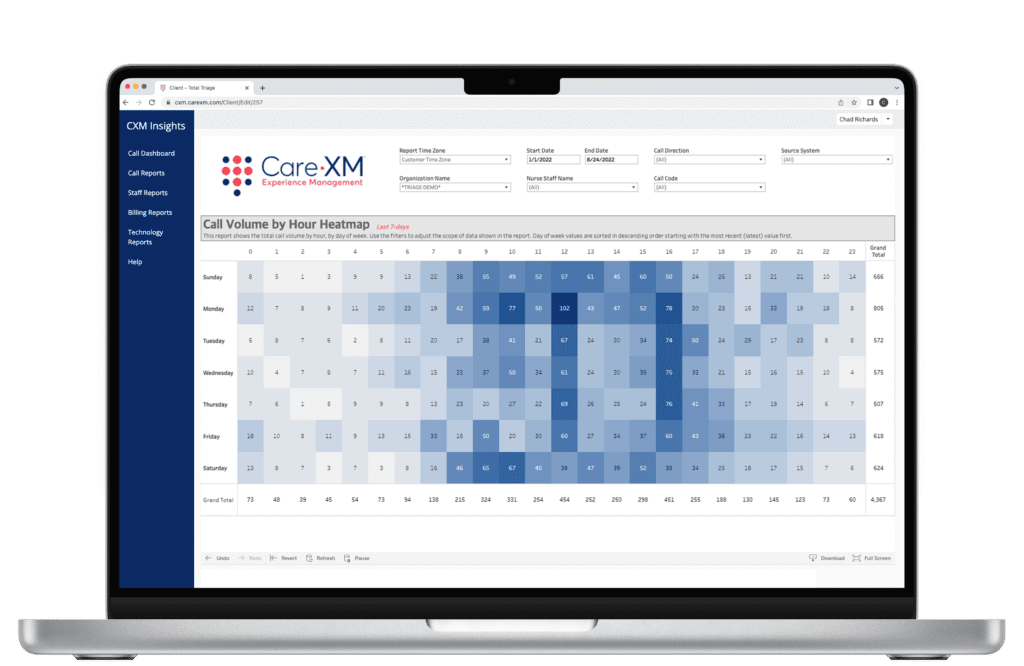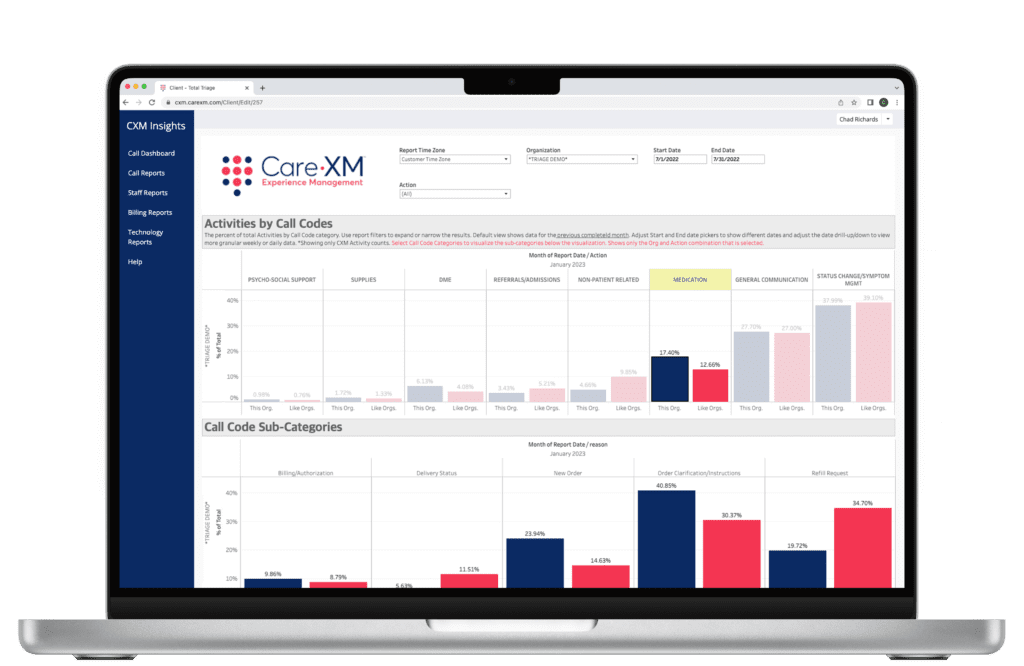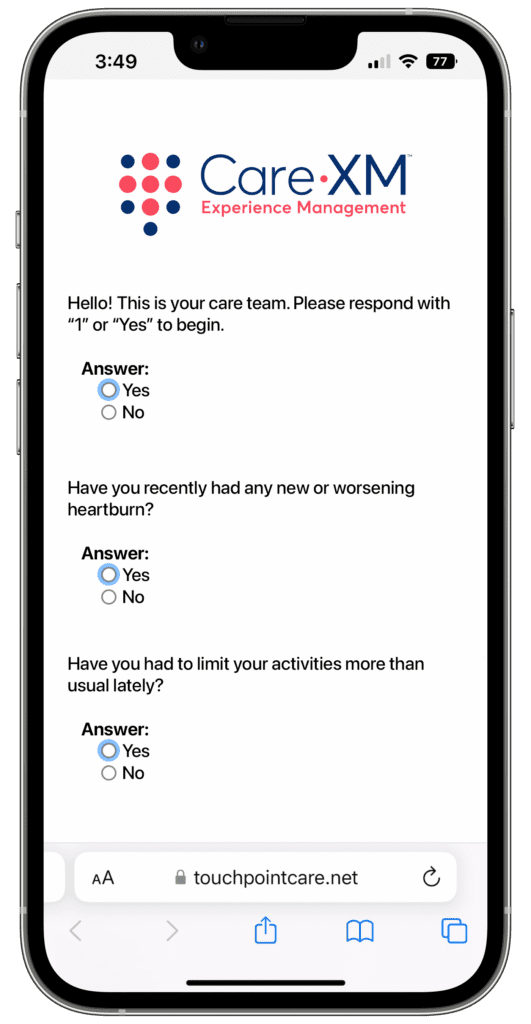
Data has always been at the forefront of an efficient business model. This was especially recognized by the management theorist Peter Drucker, who reportedly said, “What gets measured gets improved.” Healthcare businesses are no exception.
The trick is to understand the value of your data and how it drives organizational efficiency. Once you do, measuring the right data is the best way to make sense of your organization’s processes, become more efficient, and reduce expenses. Call analytics is a great first step.
Where Should You Start?
Before you can begin properly tracking your patient call data, you need to ask yourself: what data do I have right now at my organization? Many phone systems have limited call tracking and reporting capabilities available. This makes it difficult to begin the process of measuring incoming patient calls, but if you do have this call data, you’re already ahead. There are three different types of call-related data you can use to lower costs and improve patient and caregiver outcomes.
Call Data
Proper call data collection is essential to providing the best possible clinical care for your patients and should be a priority for your organization. Consider if you and your organization are even aware of days and times that patient calls come in? If so, do you access the reports on those calls? And, how extensive are they?
With call analytics reporting data, you can start pinpointing staffing gaps. Call tracking your incoming patient volume, including days, times, and call length, will allow you to identify opportunities for improvement. Recognize when you need the most support. Take some time to observe your organization. Determine how you can benefit from extra staffing coverage during after-hours especially. You’d be surprised how call analytics data can help your business staff smarter.
If you feel like your team needs backup, especially during high-impact times such as holidays, then you might need to explore hybrid staffing. With a triage service partner like CareXM, you can back up your team evenings, weekends, holidays, or even as a daytime overflow. On-demand clinical and non-clinical caregivers will represent your office with professionalism and compassion. Messages will be recorded and are available through our easy-to-use web portal. Plus, our patient activity reporting makes it easy for your team to follow up with patients after they’re back on shift. CareXM, even helps track calls to provide you with data insights that drive even greater efficiency.

Activity Data
Now that you’re aware of incoming patient calls, do you know what type of calls they are? A few examples could be:
- Medication refills
- Symptom changes
- Billing questions
- Referrals
- Admissions
Activity reports generate metrics that reveal the reason for a patient call. Knowing the activity of your calls supports the productivity of your staff because you know what patients are looking for and how to treat them.
Understanding the call activity of your organization also helps to gauge your staffing needs. For example, a non-urgent call, such as a medication refill, may be preventing your team from taking emergent calls. Consider these useful questions:
- Could you use more clinical staff to help with extra volume?
- Does more non-clinical staffing make more sense?
Activity data also identifies training improvements for your staff. Depending on the type of calls you receive, you can adjust how you guide your staff to improve efficiency and engage with patients.
Tracking incoming patient requests ultimately does nothing to improve your organization if you don’t have a good understanding of your patient needs. You may end up relying on inaccurate information and lose sight of the bigger picture. That’s why a trusted triage partner with on-demand telehealth technology can be useful for gathering and interpreting call activity data.

Patient Data
Finally, go one step further than analyzing call data. Collect quantitative patient data such as vitals or qualitative data like symptoms. With patient data your team can anticipate and respond to patient needs before they become emergencies. You can do this easily by implementing patient engagement technology into your organization.
Patient engagement technology guides your patients through all the steps of their health journey. It serves as a tool that improves a patient’s lifestyle choices, chronic conditions, and overall health understanding. A few examples of this technology:
- Collecting vitals with Bluetooth-enabled remote patient monitoring devices like weight scales, blood pressure cuffs, or pulse oximeters can easily self-report digitally.
- Automated tuck-in calls with interactive voice response.
- On-the-go patient-provider surveys.
- Patient education videos and articles tailored to the patient’s condition are delivered right to them.
When you focus on using patient engagement technology in your protocols, you will be able to predict and address patient needs more effectively. Sharing surveys and educational information with patients should be easy for patients to access. While many patients are more comfortable with technology than ever, it’s still important to reach them in ways they feel comfortable using, whether it’s automated phone calls, video chats, email, or text. All this data can be tracked and used to alert the patient’s care team when vitals and symptoms fall outside of health parameters.

The Benefits of Patient Call Analytics
Together, these types of data have many benefits. Patient analytics can help you evaluate the overall call analytics data and volume of your organization. This identifies what’s working, where to make improvements, and which protocols should be modified. Plus, knowing which communication channels are the most effective will help you optimize staffing and reduce costs.
Ultimately, data does drive efficiency. Call Data tracks your incoming patient call volume, busy days, times, and call length, so you can identify opportunities for streamlining workflows. Activity Data reveals the reason for a patient call and initiates space for your organization to respond with fast solutions. Patient Data identifies patient needs and proactively assists patients in managing their own care and lifestyle choices, reducing readmissions and ED visits.
Here are some more benefits of tracking your patient analytics:
- Improve patient experience by anticipating needs.
- Make sure more staff is available to take important calls.
- Less call volume creates an enhanced workflow.
- Reduce stress on staff for a better work-life balance.
- Decrease turnover and increase business savings.
Not Sure Where to Start? Choose CareXM.
A lack of access to patient call analytics and patient data can be detrimental to your organization, staff, and patients. If you believe it’s time to look for a partner who can help you obtain the data you need, consider one with deep clinical integration expertise. Otherwise, you might end up with a call analytics data collection solution that will not integrate well with your workflow. This can ultimately be very hard for your team and even worse for your patients.
Luckily, CareXM is the kind of experienced clinical partner you can count on to deliver the help you need to elevate your patient and caregiver experiences. Our mission is to help our partners effortlessly anticipate and respond to patient needs with triage technology backed by our on-demand triage team. Our nurses and non-clinical healthcare professionals are trained to provide quality care.
Whether you need after-hours triage, our cost-saving hybrid triage solutions, or in-house triage call-center infrastructure, we help you flex and extend your care so you reach patients in the moments they need help the most. From home health and hospice to health systems and more, CareXM will transform your triage to lower operating costs. Reduce burnout, improve outcomes, and elevate the patient experience.